The new Toyota LandCruiser 79 Series is a modern-ish update of the immensely popular ute workhorse because you can choose one with a 2.8L four-cylinder turbo-diesel engine and six-speed automatic transmission.
Don’t worry, the 4.5-litre turbo-diesel V8 and five-speed manual gearbox combination is still available across the range* but the introduction of a four-cylinder into the line-up is the big news.
* Except in the Troopie which is only available with the four-cylinder engine and six-speed auto.
So, what’s all the fuss about? Well, the four-cylinder engine yields more torque and better fuel efficiency than the V8, and overall the new 79 Series package is supposedly more refined and comfortable with more driver-assist safety tech than the previous generation.
So, is the new four-cylinder 79 better than the V8-powered version?
Read on.
Toyota Landcruiser 70 Series 2024: LC78 Workmate (2 Seats)
| Engine Type | Diesel Turbo 4, 2.8L |
|---|---|
| Fuel Type | Diesel |
| Fuel Efficiency | 9.6L/100km (combined) |
| Seating | 2 |
| Price From | $79,200 |
Price and features – Does it represent good value for the price? What features does it come with? 7/10
The 2.8L four-cylinder turbo-diesel Toyota LandCruiser 79 Series single cab chassis in WorkMate spec has a recommended retail price of $76,800, but that doesn’t include on-road costs or the cost of the tray.
Standard features include a 6.7-inch multimedia touchscreen system with wired Apple CarPlay and Android Auto, Bluetooth, cruise control, a raised air intake (aka snorkel), 130L fuel tank and 16-inch steel wheels.

Extras onboard this test vehicle include a galvanised general purpose steel tray ($4352.80, fitted), a towbar (3500kg, Single Cab Chassis - $728.05, fitted), a seven-pin flat trailer wiring harness ($253.58, fitted), a tow ball ($37.51, fitted), and towbar hitch receiver plug ($17.04, fitted).
All of these additions push this 79’s price as tested to $82,188.98 (excluding on-road costs).

Diff locks are not included on the 79 Series at this spec level – but they are a $1500 option, so get them.
The 79 is available in a variety of colours - 'French Vanilla' (on the test vehicle), 'Silver Pearl', 'Graphite', 'Merlot Red', 'Sandy Taupe' and 'Midnight Blue'.
Design – Is there anything interesting about its design? 7/10
It’s still boxy and blocky, and straight up and down but the hard edges have been softened a tiny bit.
The front end has been redesigned – take a look at the accompanying photos and come up with your own hyperbolic description – and the interior has undergone a styling upgrade of sorts, along with benefiting from a redesigned instrument cluster and centre console plus a multi-information display.

The mismatched wheel track remains. When the V8 was brought into the line-up in 2007, the front axle track was stretched 80mm (in the base-spec Workmate) and 120mm (in the GX and GXL), so the frame could accommodate the V8 and its bigger radiator. Nothing’s changed – even though it’s a new, smaller engine in the engine bay.

Good news is that there’s a thriving space in Australia’s dynamic aftermarket industry for rear-track correction systems – that widen the track of the rear axle so it matches the front – and their fitment.
The interior seat trim is grey vinyl in fitting with the 79 Series’ utilitarian character.
Practicality – How practical is its space and tech inside? 7/10
There are few substantial changes in the cabin beyond those mentioned in the Design sectipon, i.e. redesigned instrument cluster and centre console plus a multi-information display.
The 70 Series LandCruiser’s interior is spartan – and that’s being kind. This is a bare-bones cab made for people who do hard work in tough places. However, it at least now has Apple CarPlay and Android Auto and there are USB-A chargers, a 12V socket and cupholders.

The seats have a wipe-clean vinyl covering, and there are plenty of durable plastic surfaces everywhere else.
There’s not a lot of storage space. In fact you’d be hard-pressed to find somewhere to put anything once you’ve emptied your pockets into the small receptacles in between the seats.
Notebooks, etc can go atop the dash while a small tool bag, some water bottles and a few other bits and pieces can slot behind the seats. But otherwise you don’t have many storage options inside the 79’s cab.
Under the bonnet – What are the key stats for its engine and transmission? 7/10
This 79 Series has a 2.8L four-cylinder turbo-diesel engine, producing 150kW at 3400rpm (1.0kW less than the V8) and 500Nm at 1600-2800rpm (70Nm more than the V8).
For reference, in case you can’t work out the simple maths, the LC79 V8 produces 151kW at 3400rpm and 430Nm at 1200-3200rpm.

For the first time in a 79 Series, a six-speed automatic transmission is offered.
All LandCruiser 70 Series variants have part-time 4WD, a transfer case with high- and low-range gearing working off a stubby shifter to the right of the auto.
Driving – What's it like to drive? 7/10
This 79 is 5235mm long (with a 3180mm wheelbase), 1790mm wide and 1970mm high. It has a listed kerb weight of 2145kg, but your 79’s weight will depend on what tray and other accessories you have fitted.
As mentioned earlier, this test vehicle has a galvanised general purpose steel tray which tips the scales at 319kg.
The single-cab chassis has a listed turning circle of 14.4m.
If you’ve driven a 79 before, you should know what to expect, woeful steering, harsh bouncy ride, noise from the engine, the wing mirrors, etc.
If you don’t love the noise, the bouncing and the all-pervasive feeling that you’re driving a mini-bus then go get in something else because you don’t belong here.
But, on road, the new 2.8L four-cylinder turbo-diesel engine and six-speed auto do make the 79 Series driving experience a lot smoother, more refined than you’d experience in the V8, for better and worse.
Better because driving the V8-powered 79 is like steering a tractor around that has ruined suspension. It’s gruff and agricultural with lots of engine noise and is a real rough rider.

Worse because those agricultural characteristics noted above are exactly why the V8-powered 79 is so much fun to drive. It’s a whole-body immersive experience.
Engine noise is still there, just not as pronounced, and where the V8 growls, the four-cylinder whines.
In fact, no matter how clever this transmission is – and it is – this engine and auto combination feels much better suited to the HiLux and HiAce from whence it came than it does here. It just doesn’t feel right in the 79.
Off-road, the 79 is just as capable as always, except this base-spec ute does not have any diff locks but they are an option, so get them.
Ground clearance is 330mm (unladen) and off-road angles of 35 degrees approach, 29-degree departure and a (guesstimated) 26° ramp-over. Official wading depth is 700mm.
The four-cylinder offers up a flat and fat torque curve, just like its V8 big bro, and that’s ideal for low-range 4WDing, but there’s an underlying whininess about the four-cylinder engine.
Visibility remains great, due to the 79’s straight up and down cabin with plenty of glass every which way.

Ride and handling on the blacktop, dirt tracks and during low-range 4WDing are better than what you might expect, if you know what previous-gen 79s are like.
As noted earlier, the LC79's wheel tracks remain mismatched: 1555mm at the front, 1460mm at the leaf-sprung rear axle. This irregularity can cause, at best, mild annoyance or, at worst, major annoyance when you’re driving at speed through deep wheel ruts as the rear tyres try to grind or plow their way through unbroken terrain.
For those who tow, rest easy, the 79 can still tow maximum trailer weights of 750kg (unbraked) and 3500kg (braked).
Gross Vehicle Mass (GVM) is 3510kg, Gross Combined Mass (GCM) is 7010kg, and payload is listed as 1000kg (depending on the tray).
Australia’s aftermarket industry is full to the brim with every accessory you can possibly think of for the 79, so go nuts.
Efficiency – What is its fuel consumption? What is its driving range? 7/10
Official fuel consumption for the 79 Series with the 2.8-litre four-cylinder engine is 9.6L/100km on a combined cycle.
Actual fuel consumption on this test, from pump to pump, was 11.4.L/100km, but I did a lot of low-range 4WDing.
The 79 has a 130-litre fuel tank, so, going by that fuel consumption figure, you could reasonably expect a driving range of about 1140km from a full tank.
Warranty & Safety Rating
Safety – What safety equipment is fitted? What is its safety rating? 7/10
The LC79 had the maximum five-star ANCAP safety rating (as a result of testing in September 2016) but that rating expired in December 2023. It is now designated 'unrated'.
As standard, new-gen 79s have AEB, driver and front passenger airbags, curtain shield and driver’s knee airbags, lane-departure alert, traffic sign recognition, auto high-beam LED headlights, off-road hill descent control and 'Hill-start Assist Control'.
Ownership – What warranty is offered? What are its service intervals? What are its running costs? 7/10
All LC70 series have a five-year/unlimited km warranty and capped price servicing is available.
Service intervals are scheduled for every six months or 10,000km whichever occurs soonest. That's more frequent than others in the market but Toyota says it's required for a vehicle often used in arduous circumstances.
Capped-price servicing applies for the first five scheduled services at $525 per visit. That means $1050 per year or $5250 over five years.
Verdict
The 79 Series with a 2.8L four-cylinder turbo-diesel engine and six-speed automatic transmission offers more torque and better fuel economy than its V8 stablemate, so it makes a lot of sense.
But, outside of a mine site, farm or other remote-area work, the 79 Series doesn’t make a lot of sense at all. Which is why I reckon if you’re going to get a 79, go the whole hog, and get the V8.
Sure, logic dictates you should opt for better performance and fuel consumption, but since when has buying a 79 Series been logical?
Now you just have to join the long queue…
Pricing Guides

Range and Specs
| Vehicle | Specs | Price* |
|---|---|---|
| LC76 GXL + Diff Locks | 2.8L, Diesel, 6 SPEED AUTOMATIC | $79,800 |
| LC76 Workmate | 2.8L, Diesel, 6 SPEED AUTOMATIC | $75,600 |
| LC78 GXL | 2.8L, Diesel, 6 SPEED AUTOMATIC | $82,500 |


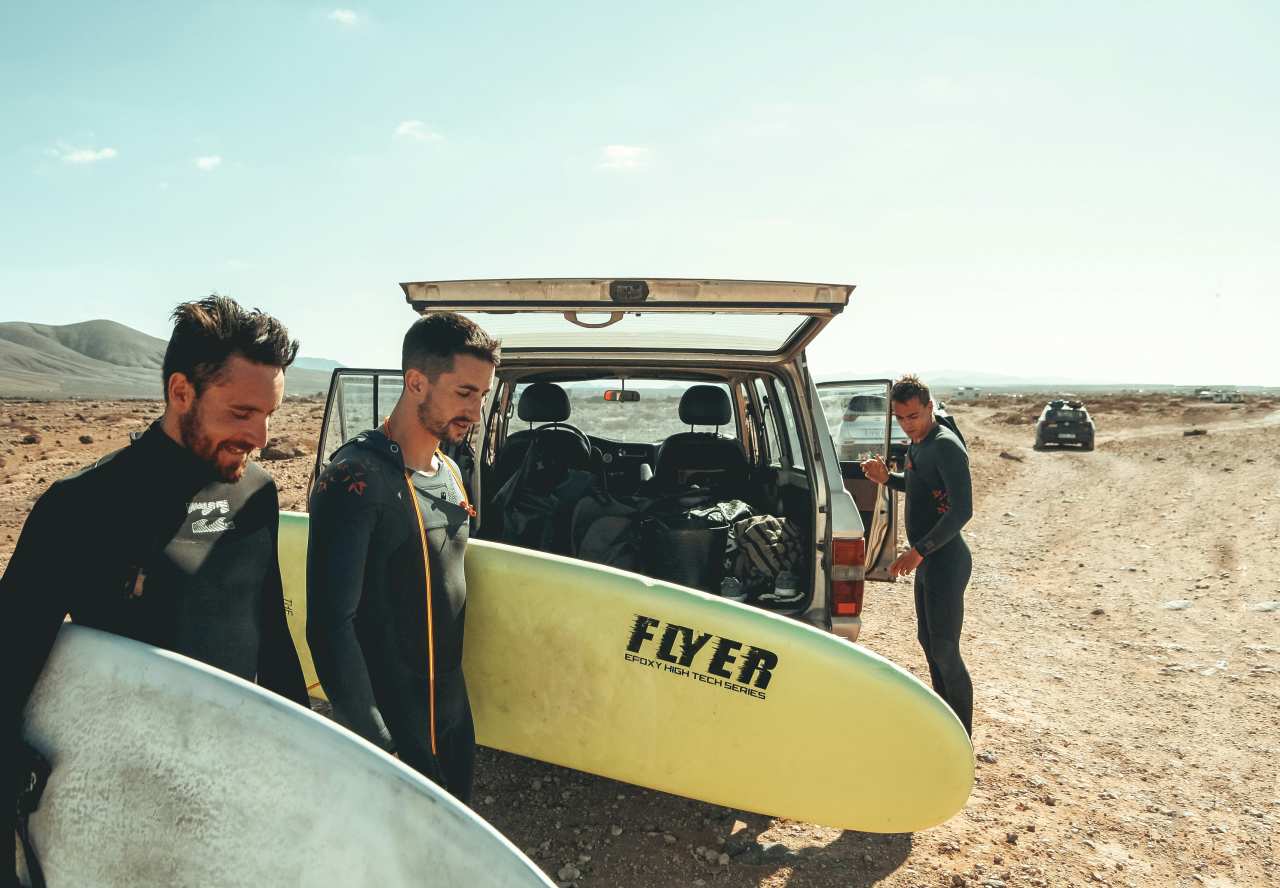





.jpg)
.jpg)

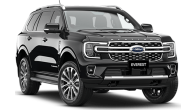









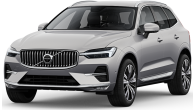




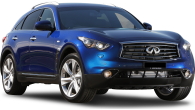

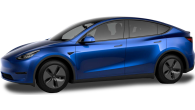

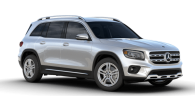







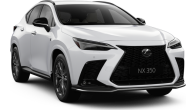





.jpg)
.jpg)


.jpg)

Comments